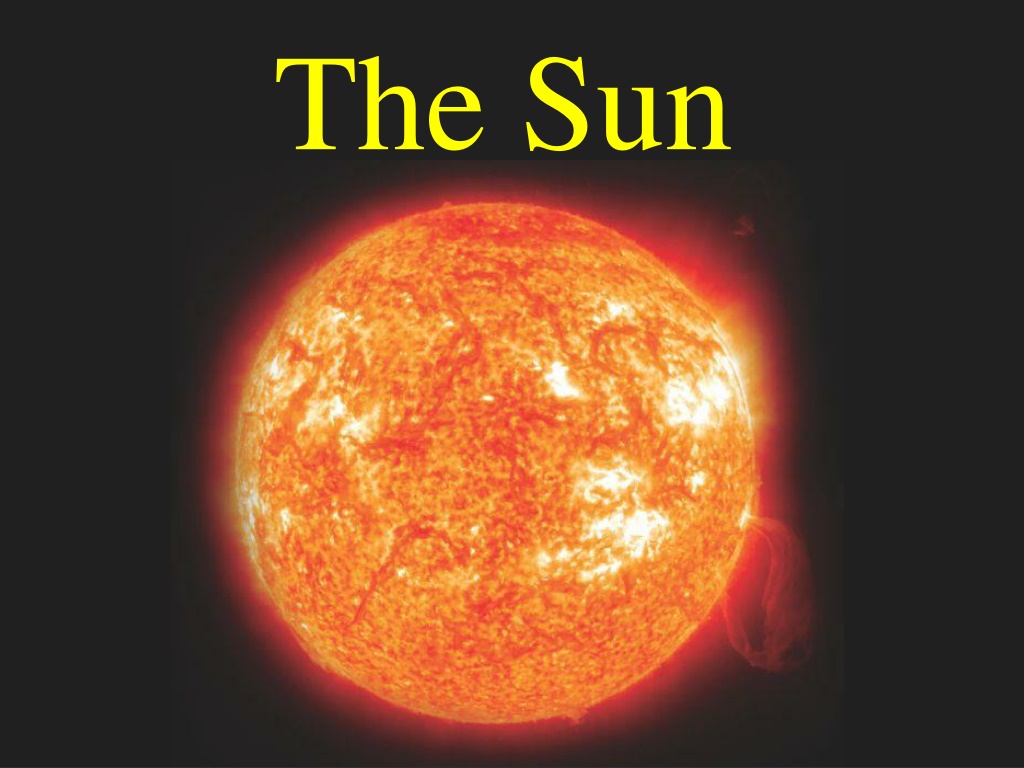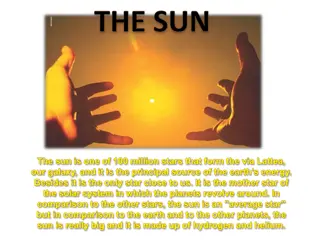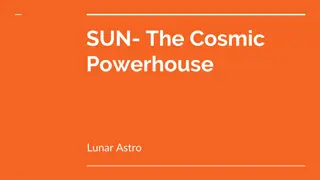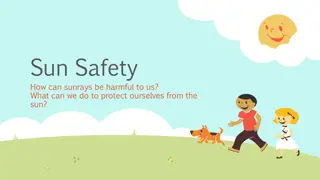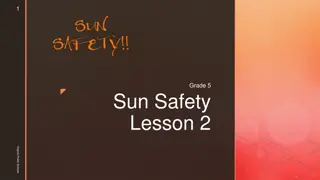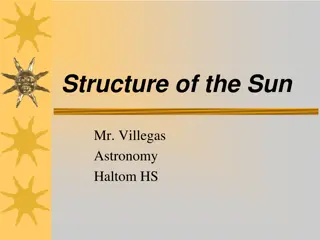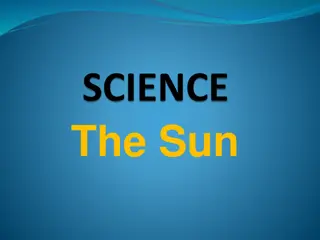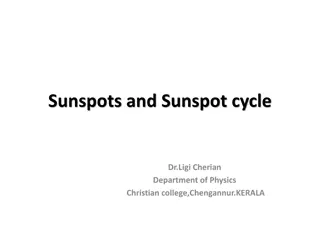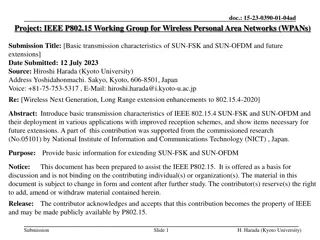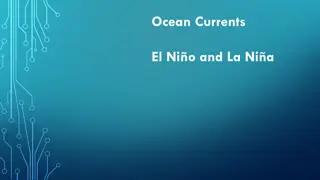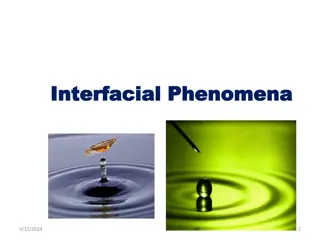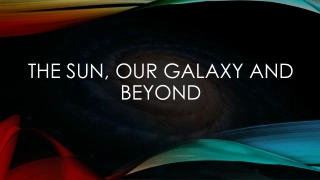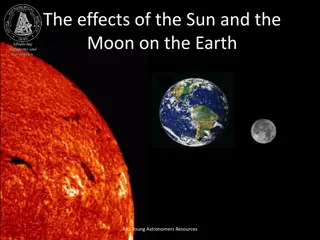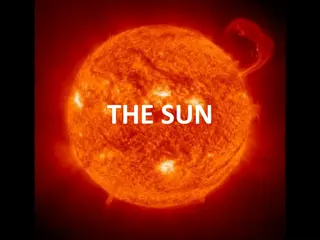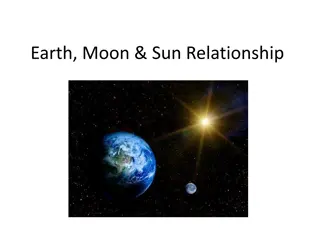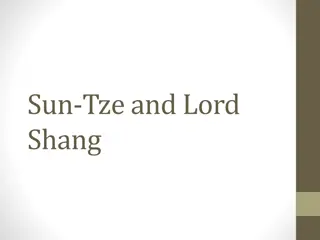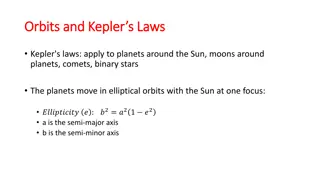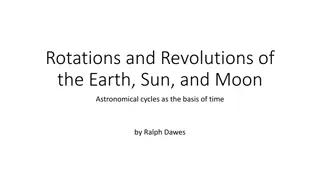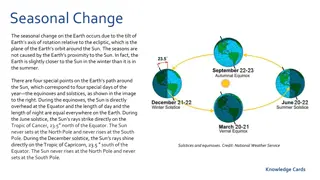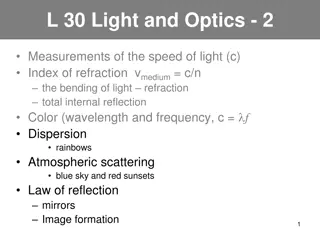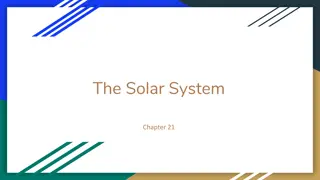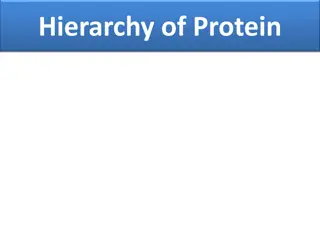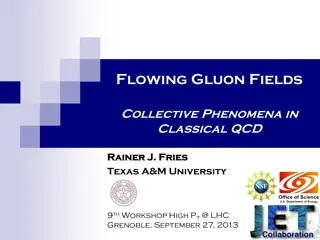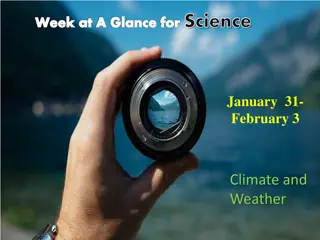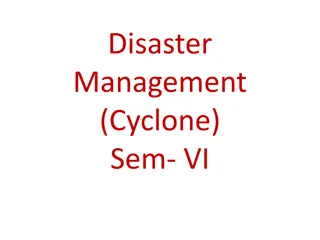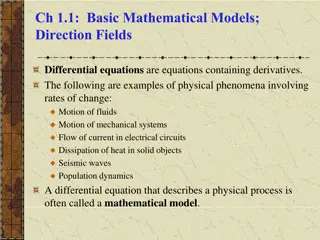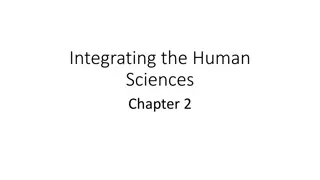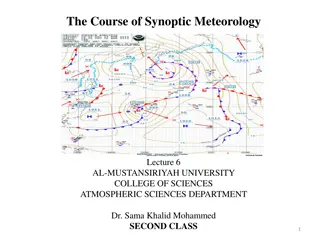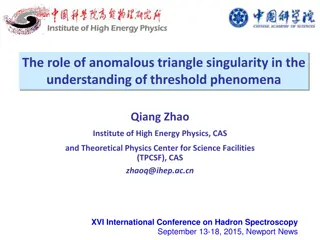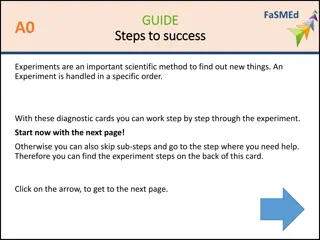Exploring the Structure and Phenomena of the Sun
Discover the intricate balance and core structure of the Sun, maintained by hydrostatic equilibrium. Energy moves through radiation and convection zones, with convection manifesting as granulation on the photosphere. Eclipses, such as solar eclipses, provide unique opportunities to witness celestial alignments. Learn about umbra and penumbra regions during eclipses.
Download Presentation

Please find below an Image/Link to download the presentation.
The content on the website is provided AS IS for your information and personal use only. It may not be sold, licensed, or shared on other websites without obtaining consent from the author. Download presentation by click this link. If you encounter any issues during the download, it is possible that the publisher has removed the file from their server.
E N D
Presentation Transcript
Core: Internal Balance (Hydrostatic Equilibrium) Structure of the Sun depends on a balance between its internal forces hydrostatic equilibrium -> a force that prevents the Sun from collapsing and a force that holds it together The inward (holding) force is the Sun s own gravity, while the outward (non- collapsing) force arises from the Sun s internal gas pressure
Near the Suns center, energy moves outward Region surrounding the core is the radiation zone
Above the radiation zone energy is more efficiently transported by the rising and sinking of gas this is the convection zone http://t0.gstatic.com/images?q=tbn:ANd9GcTjOYsf3_-rps-0cTVBkWnPgl3UnsBCrYcZoYEtvSbRfvxoCPkf
Convection manifests itself in the photosphere as granulation, numerous bright regions surrounded by narrow dark zones http://t0.gstatic.com/images?q=tbn:ANd9GcSgkjD_nV9UQ7eXoup0st2NLT5H4auInWa63vG6M3b8gVXAKjo_
http://www.nasa.gov/images/content/706822main_20121113-totaleclipse-orig_full.jpghttp://www.nasa.gov/images/content/706822main_20121113-totaleclipse-orig_full.jpg
Eclipses Solar Eclipse Moon passes directly in front of the Sun - Day turns to night Total Eclipse Perfect alignment of Sun, Moon, Earth - Planets, some stars become visible during the day - Can only be seen from small portion of daytime side of the Earth Corona becomes visible ONLY visible during eclipse
Umbra Central region of shadow - Total eclipse - Very small area Penumbra Shadow outside of umbra - Partial eclipse - Large area
Lunar Eclipse When sun casts a shadow of the Earth onto the surface of the Moon.
